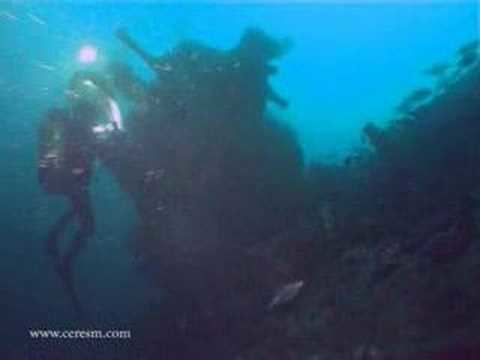Name U-390 Yard number 21 Commissioned 13 March 1943 Launched 23 January 1943 Draft 4.74 m | Ordered 21 November 1940 Laid down 6 December 1941 Construction started 6 December 1941 Length 67 m Beam 6.18 m | |
 | ||
Builder Howaldtswerke-Deutsche Werft Part of 5th U-boat Flotilla, 7th U-boat Flotilla | ||
German submarine U-390 was a Type VIIC U-boat of Nazi Germany's Kriegsmarine during World War II.
Contents
She carried out three patrols before being sunk by British warships in July 1944 in the English Channel.
She was a member of four wolfpacks.
She sank one auxiliary warship of 545 gross register tons (GRT) and damaged a merchant ship of 7,934 GRT.
Design
German Type VIIC submarines were preceded by the shorter Type VIIB submarines. U-390 had a displacement of 769 tonnes (757 long tons) when at the surface and 871 tonnes (857 long tons) while submerged. She had a total length of 67.10 m (220 ft 2 in), a pressure hull length of 50.50 m (165 ft 8 in), a beam of 6.20 m (20 ft 4 in), a height of 9.60 m (31 ft 6 in), and a draught of 4.74 m (15 ft 7 in). The submarine was powered by two Germaniawerft F46 four-stroke, six-cylinder supercharged diesel engines producing a total of 2,800 to 3,200 metric horsepower (2,060 to 2,350 kW; 2,760 to 3,160 shp) for use while surfaced, two Garbe, Lahmeyer & Co. RP 137/c double-acting electric motors producing a total of 750 metric horsepower (550 kW; 740 shp) for use while submerged. She had two shafts and two 1.23 m (4 ft) propellers. The boat was capable of operating at depths of up to 230 metres (750 ft).
The submarine had a maximum surface speed of 17.7 knots (32.8 km/h; 20.4 mph) and a maximum submerged speed of 7.6 knots (14.1 km/h; 8.7 mph). When submerged, the boat could operate for 80 nautical miles (150 km; 92 mi) at 4 knots (7.4 km/h; 4.6 mph); when surfaced, she could travel 8,500 nautical miles (15,700 km; 9,800 mi) at 10 knots (19 km/h; 12 mph). U-390 was fitted with five 53.3 cm (21 in) torpedo tubes (four fitted at the bow and one at the stern), fourteen torpedoes, one 8.8 cm (3.46 in) SK C/35 naval gun, 220 rounds, and an anti-aircraft gun. The boat had a complement of between forty-four and sixty.
Service history
The submarine was laid down on 6 December 1941 at the Howaldtswerke yard at Kiel as yard number 21, launched on 23 January 1943 and commissioned on 13 March under the command of Oberleutnant zur See Heinz Geissler.
1st patrol
The boat's first patrol was divided into two parts; the first part was brief. It started in Kiel and terminated in Bergen. Part two began in Bergen on 7 December 1942 and took in the gap between Iceland and the Faroe Islands. The submarine then docked at St. Nazaire in occupied France on 13 February 1944.
2nd patrol
U-390's second foray was relatively uneventful; starting from St. Nazaire but finishing further north, at Brest.
3rd patrol and loss
The U-boat's third and final sortie began three weeks after the Normandy landings. She attacked and sank the British anti-submarine trawler HMS Ganilly. She also damaged the Sea Porpoise about 10 nautical miles (19 km; 12 mi) off Utah beach; both on 5 July 1944. On the same day, she was sunk by depth charges dropped by two other British ships: the destroyer HMS Wanderer and the frigate HMS Tavy.
Forty-eight men died in U-390; there was one survivor.
Wolfpacks
U-390 took part in four wolfpacks, namely.
